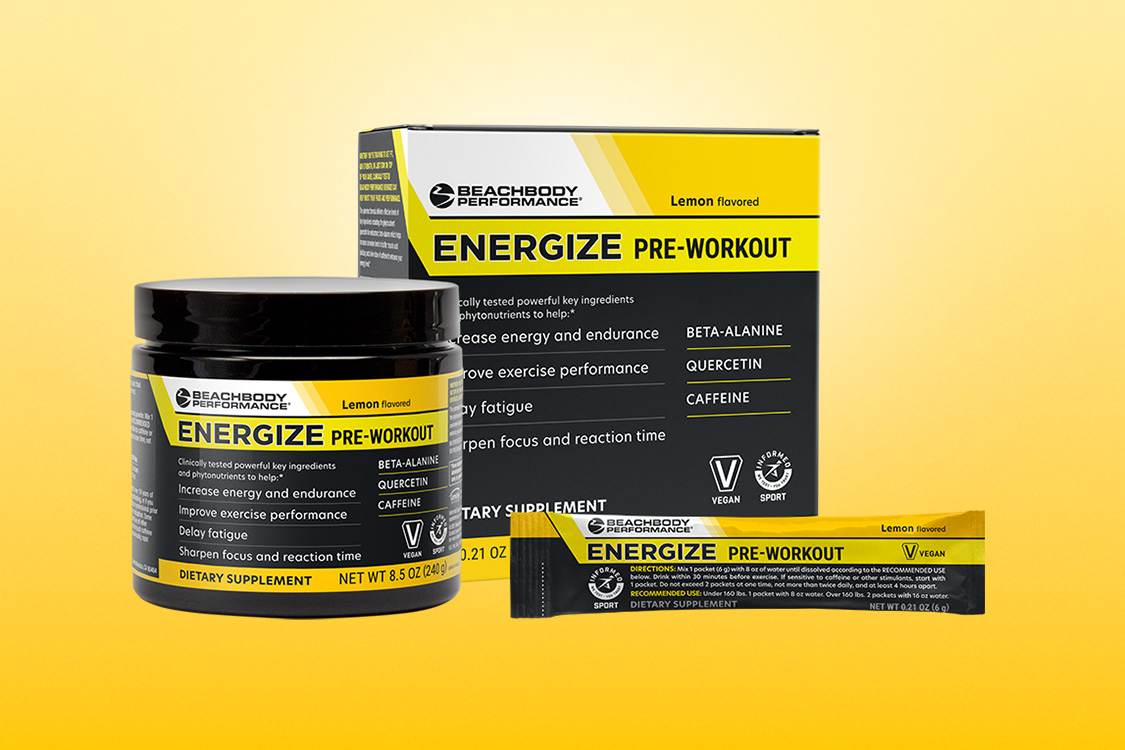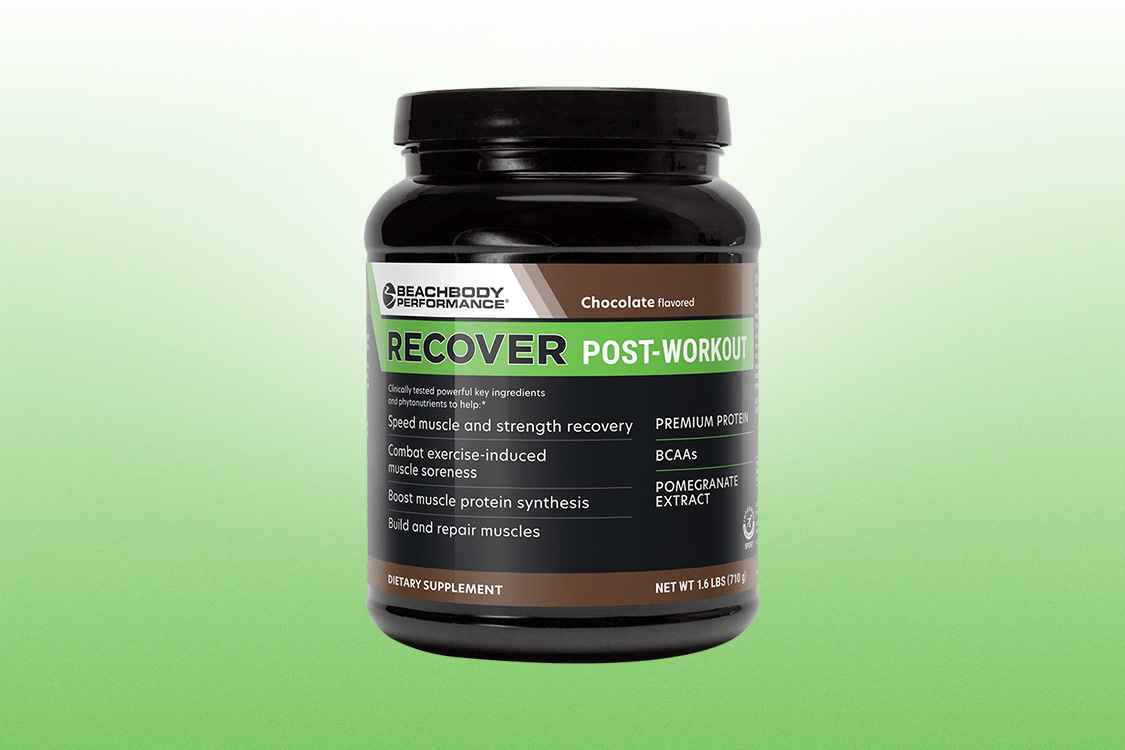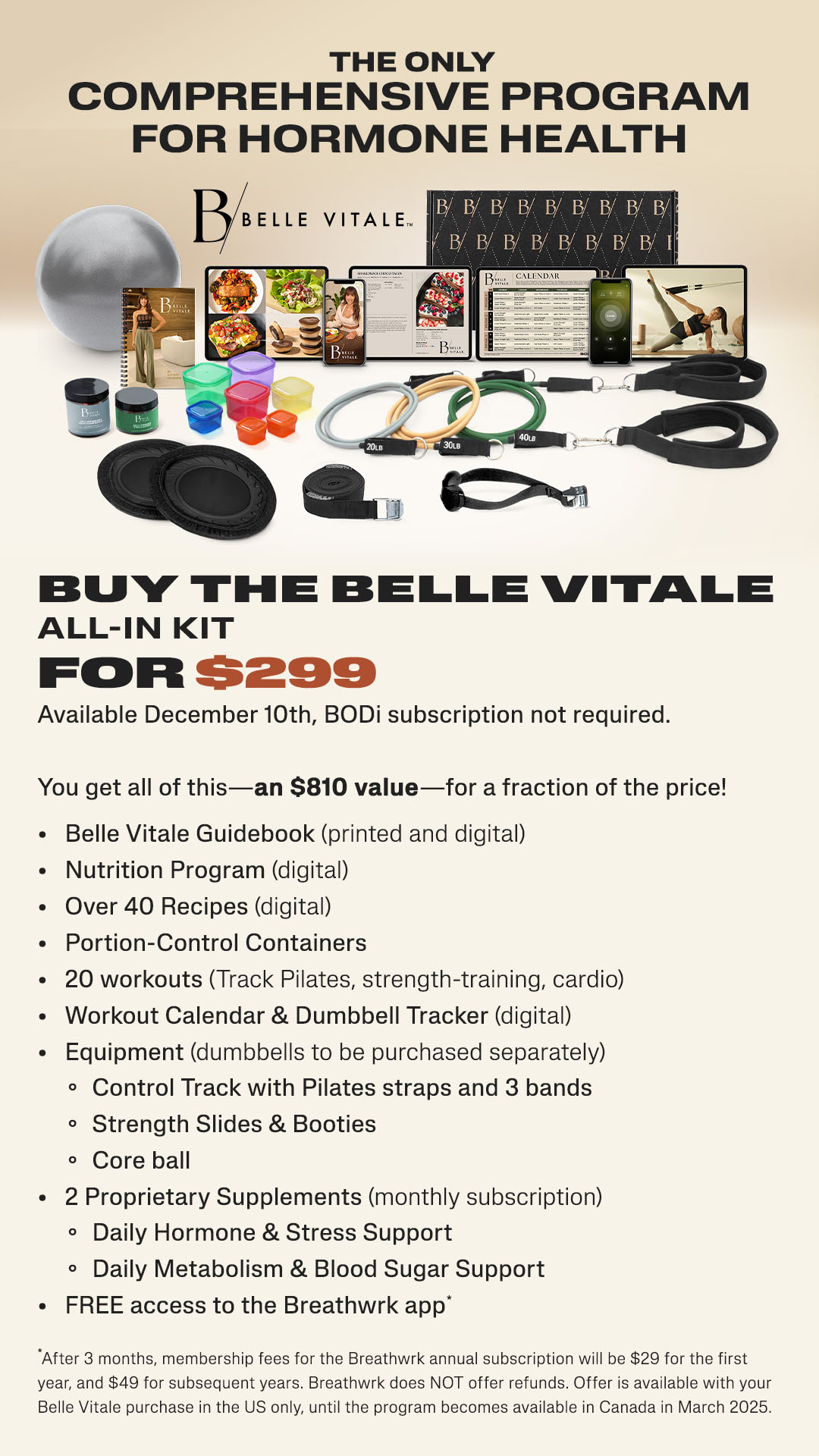 Weight. "Throw out your
scale" is a common expression around here. Let's face it; you have a pretty
good idea if you're overweight or not. You also tend to know when you're
heading in one direction or the other. Knowing your weight can be helpfuland is
essential for many of the numbers we'll discuss later. But you shouldn't get
overly obsessed with the actual number. How you feel is a much better gauge of
your health. Weight. "Throw out your
scale" is a common expression around here. Let's face it; you have a pretty
good idea if you're overweight or not. You also tend to know when you're
heading in one direction or the other. Knowing your weight can be helpfuland is
essential for many of the numbers we'll discuss later. But you shouldn't get
overly obsessed with the actual number. How you feel is a much better gauge of
your health.
- Measurements. Now here are some
numbers worth knowing! Muscle tissue weighs much more, by volume, than fat
tissue. Therefore, as you get into better shape and change your fat-to-muscle
ratio, you will be shrinking at the same weight! And if you can't tell by
looking in the mirror, a measuring tape is a great motivator.
- BMI (Body Mass Index). This
simple tool ranges from extremely useful to worthless. Where it shines is for
those who've been living in denial. These tend to be folks who were once fit,
have been slacking and gaining weight, and basically need a wake-up call.
What it does is create a "mass" index based on your height and weight.
This tells most people where they fall on the health scale. If you're above 25
on the BMI scale, it's time to change your lifestyle.
Where it fails
is with athletes. Remember we said that muscle weighs more than fat. This plops
almost all bodybuildersand many other athletes--into the obese category. You
want to tell Serena Williams she's fat? Not me.
 Body-fat percentage. This barroom gold standard
of rippedness is actually more akin to a whopping fish story. The reason: most
means of measuring body fat are inaccurate. Personally, I've measured myself
with two different scales (one after the other) and seen a 7% difference.
Considering my body-fat percentage is generally under 10%, this is a ridiculous
random figure. Body-fat percentage. This barroom gold standard
of rippedness is actually more akin to a whopping fish story. The reason: most
means of measuring body fat are inaccurate. Personally, I've measured myself
with two different scales (one after the other) and seen a 7% difference.
Considering my body-fat percentage is generally under 10%, this is a ridiculous
random figure.
However, knowing a ballpark number can be helpful.
It's similar to BMI but considers the density of muscle tissue as well, meaning
that Ms. Williams' 12% body fat moves her from "obese" to the much more
accurate "very fit" category. What you shouldn't do, however, is get obsessed
with it because, well, it's probably wrong. The best way to get an accurate
reading is to measure yourself with the same type of scale (calipers are
cheapest and probably the best accessible option) at the same time of day under
the same types of conditions. Knowing that you are plus or minus 5% doesn't
really matter, since the bottom line is that you want it to, in general, be
going down. Unfortunately, it will affect your bragging rights at the bar.
 Blood
pressure. This is an important stat that's easy to take. I wish more people
would know their blood pressure when they began an exercise program. For one,
high blood pressure is a dangerous condition. Also, however, is the fact that
it will almost always drop. Exercise is good for you. If you don't believe it,
watching your hypertensive condition plummet can do wonders for your psyche.
There is more to lifemuch morethan looking like a fitness model. Blood
pressure. This is an important stat that's easy to take. I wish more people
would know their blood pressure when they began an exercise program. For one,
high blood pressure is a dangerous condition. Also, however, is the fact that
it will almost always drop. Exercise is good for you. If you don't believe it,
watching your hypertensive condition plummet can do wonders for your psyche.
There is more to lifemuch morethan looking like a fitness model.
 Heart rate. You hear a lot about people's max
heart rate and training zones, including the elusive, misunderstood
"fat-burning zone." Knowing what your real maximum heart rate is will determine
your training zones, but you can't estimate this because scales like the
popular Karvonen method are inaccurate. Furthermore, training zones are for
athletes training in phases, when they focus on one energy system at a time.
The "fat-burning zone" is when your body uses stored fat for fuel. Heart rate. You hear a lot about people's max
heart rate and training zones, including the elusive, misunderstood
"fat-burning zone." Knowing what your real maximum heart rate is will determine
your training zones, but you can't estimate this because scales like the
popular Karvonen method are inaccurate. Furthermore, training zones are for
athletes training in phases, when they focus on one energy system at a time.
The "fat-burning zone" is when your body uses stored fat for fuel.
Monitoring your heart rate during workouts is important. As you get into better
shape, your average heart rate over the course of the same workout should
continually fall. That's unless you can add weight or increase the speed of the
workout, in which case the peaks and valleys (maximum and minimum heart rate
during a workout) should increase. In other words, the better shape you're in,
the harder you can push yourself (max) and the quicker you'll recover (min).
When this line starts decreasing you are hitting a plateau, and it's time to
reconsider your workouts or your schedule.
Taking your morning resting
heart rate daily helps define your progress. As you get into better shape, it
should continually go down. If it goes up for more than a couple of days, you
are either overtraining or on the verge of getting sick. In either case, you
want to reduce the intensity of your workouts.
- VO2 max.
This is your body's ability to use oxygen. You can increase your VO2 max but
only marginally. And while a few percentage-point gains can make the difference
in the performance of a world-class athlete, it holds very little meaning to
someone trying to stay fit and trim. Plus, it's difficult and expensive to
determine. This is one of those numbers that is simply not need-to-know
information.
- Calories.
Sort of a different number, caloric needs deserve mention here as well. I had
someone ask me recently, "Can't you just give me an exact amount to eat based
on my height and weight?" The answer is no. All caloric assessments are
ballpark figures, leaving some of the interpretation up to the individual. The
reason is both complex and simple, but I'll give you the simple version
only.
You should eat based on what you do. This means that a day out
shopping or working in the yard might double your caloric requirements from a
day you spent staring at a computer for 12 hours. Also, each person is
different. The less fit you are, the slower your metabolism is. As you get into
better shape, your caloric needs increase by more than just the extra exercise
you are doing.
Here's a common example. An out-of-shape and
overweight person begins Power 90® eating 1,200 calories a day at 200
pounds. At 190 pounds, but in much better shape, they increase intake to 1,500
calories. At 180, now lifting twice as much weight as when they started, they
need 1,800 calories a day to continually lose weight. I once had a male client
lose 30 pounds eating 1,200 calories. He stalled for a couple of months because
he wouldn't increase his caloric intake. When he did, he began losing weight
again, which didn't stop (he wanted it to stop) until he was eating 3,000
calories a day. That is the kind of difference being fit can make.
|
 Weight. "Throw out your
scale" is a common expression around here. Let's face it; you have a pretty
good idea if you're overweight or not. You also tend to know when you're
heading in one direction or the other. Knowing your weight can be helpfuland is
essential for many of the numbers we'll discuss later. But you shouldn't get
overly obsessed with the actual number. How you feel is a much better gauge of
your health.
Weight. "Throw out your
scale" is a common expression around here. Let's face it; you have a pretty
good idea if you're overweight or not. You also tend to know when you're
heading in one direction or the other. Knowing your weight can be helpfuland is
essential for many of the numbers we'll discuss later. But you shouldn't get
overly obsessed with the actual number. How you feel is a much better gauge of
your health. Body-fat percentage. This barroom gold standard
of rippedness is actually more akin to a whopping fish story. The reason: most
means of measuring body fat are inaccurate. Personally, I've measured myself
with two different scales (one after the other) and seen a 7% difference.
Considering my body-fat percentage is generally under 10%, this is a ridiculous
random figure.
Body-fat percentage. This barroom gold standard
of rippedness is actually more akin to a whopping fish story. The reason: most
means of measuring body fat are inaccurate. Personally, I've measured myself
with two different scales (one after the other) and seen a 7% difference.
Considering my body-fat percentage is generally under 10%, this is a ridiculous
random figure.  Blood
pressure. This is an important stat that's easy to take. I wish more people
would know their blood pressure when they began an exercise program. For one,
high blood pressure is a dangerous condition. Also, however, is the fact that
it will almost always drop. Exercise is good for you. If you don't believe it,
watching your hypertensive condition plummet can do wonders for your psyche.
There is more to lifemuch morethan looking like a fitness model.
Blood
pressure. This is an important stat that's easy to take. I wish more people
would know their blood pressure when they began an exercise program. For one,
high blood pressure is a dangerous condition. Also, however, is the fact that
it will almost always drop. Exercise is good for you. If you don't believe it,
watching your hypertensive condition plummet can do wonders for your psyche.
There is more to lifemuch morethan looking like a fitness model. 





